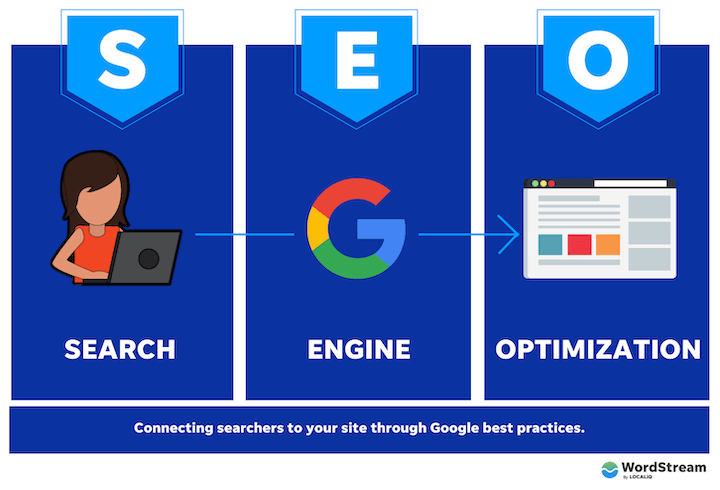Ageism is the unjust or discriminatory treatment of someone based on their age. Although it often relates to older people, it can also impact younger people.
Ageism has a detrimental effect on one’s physical and emotional well-being, and studies have linked it to early mortality.
Ageism, which involves discriminating against or categorizing someone based on their age, can happen at work and in your personal life.
Young people and older persons can both be the targets of ageism. But because our culture tends to valorize youth, older folks experience age-based prejudice and negativity more frequently. Also, you can contact San Diego age discrimination for a consultation.
What Three forms of ageism are there?
Three groupings were created from these forms: Ageism in interpersonal relationships, ageist communications, and internalized ageism are all factors (personally held beliefs about aging and older people)
- Various ageisms
Ageism can take many forms, from disrespect in one-on-one interactions to structural disparities like sexism and racism.
- Interpersonal ageism
Individuals engage in this between themselves. Think of a boss that says they won’t give you newer assignments because of your age. Or consider a relative who enjoys dropping hints like, “We don’t expect you to keep up with us”
If you’re an older adult, you could feel ashamed, annoyed, and underappreciated if someone uses such disparaging words. Ageism that is motivated by oneself is another outcome.
- Self-directed ageism
It occurs when you have an unfavorable attitude toward getting older or your age group. As a result, you develop a strong sense of self-doubt and a generally poor opinion of yourself.
You can feel as though you’ve passed your prime or that your fmisplacerting to suffer because of you. Perhaps you blame becoming older when you misplacing something or forget someone’s name.
Or you attribute your sedentary behavior to getting older. This supports your ageism and provides others more justification for holding prejudices.
- Institutional ageism
When this occurs, older persons are treated unfairly by society’s norms, customs, and laws. Institutional ageism manifests itself, for instance, at workplaces that mandate employees retire at a certain age.
Ageism is often difficult to detect because it is deeply ingrained in institutions. For instance, older persons are frequently underrepresented in clinical trials and health studies in the medical industry.
Professionals of San Diego age discrimination attorneys in the mental health industry might not receive as much training on how to treat elderly individuals.
- Age discrimination at work
Ageism can be particularly pervasive in the workplace, where it can impact your physical and emotional health and your financial security. A 2020 survey found that 78% of older workers have seen or experienced age discrimination at work.
Additionally, ageism can interact with sexism and racism to have a multiplicative effect. For instance, older women of color experience systemic disadvantages in housing and healthcare and age, racial, and sex discrimination in their daily lives.
It’s crucial to remember that you don’t have to accept discrimination’s harmful effects, no matter what position you find yourself in.
Although ageism is frequently seen as more socially acceptable than racism and sexism, it takes time to eradicate, just like those problems do. But that doesn’t imply that you should ignore wrongdoing or put up with it.
You can take various actions with the help of the team of San Diego age discrimination attorneys to address the issue and combat ageism. By doing this, you enhance your well-being and contribute to developing a more accepting society where prejudice and stereotypes are less pervasive.
Conclusion
Ageism can develop at a young age. Even as young children, we start to develop the notion that becoming older is an unpleasant process and that senior citizens cannot care for themselves. These messages might appear in the media we watch or read.
Consider advertisements that claim to erase “unattractive” age lines or television programs that portray senior citizens as stupid and fragile. Ageist jokes and informal remarks from family and friends can also spread ageist messages.
Read More: Proving age discrimination against job seekers



